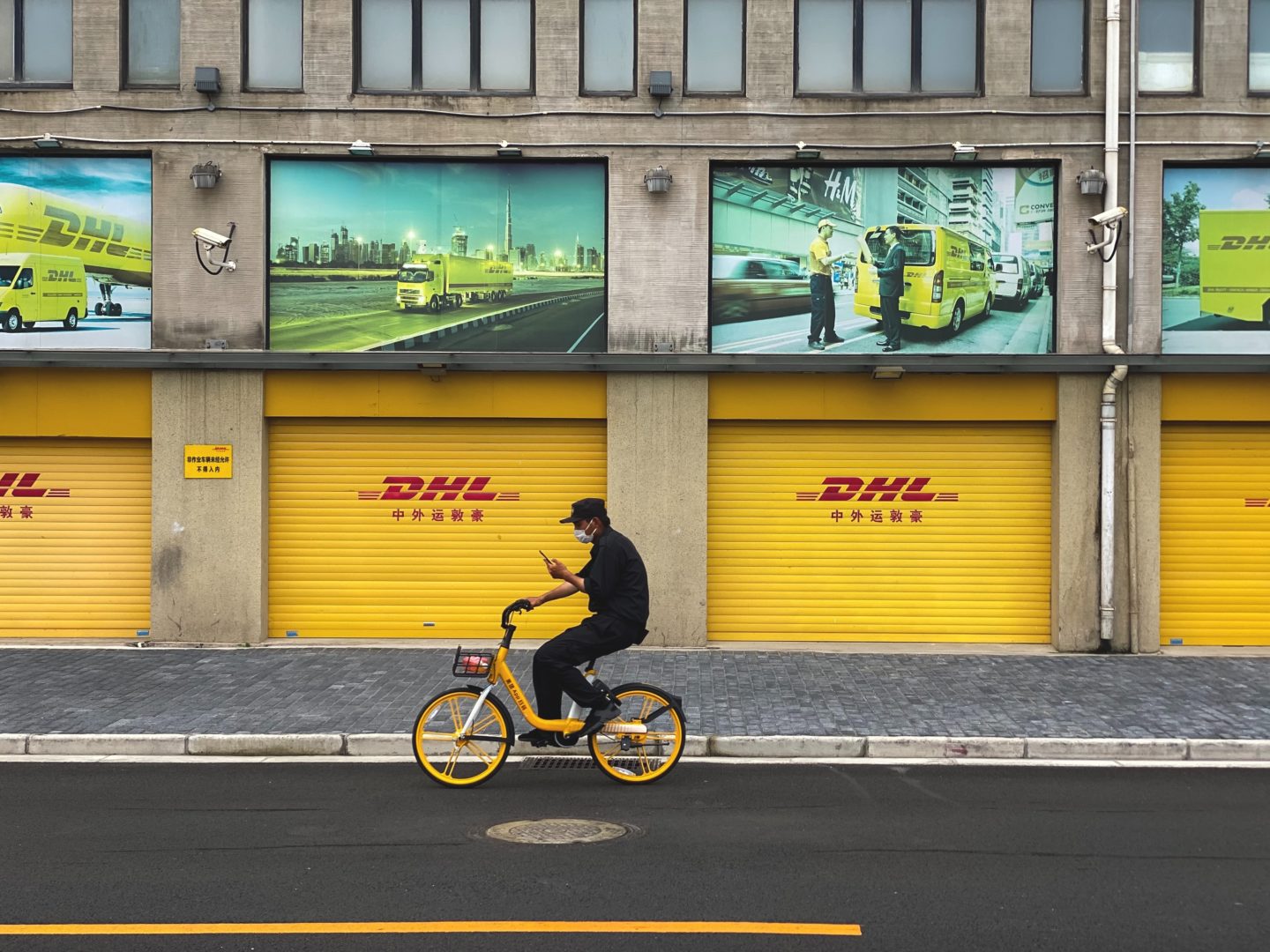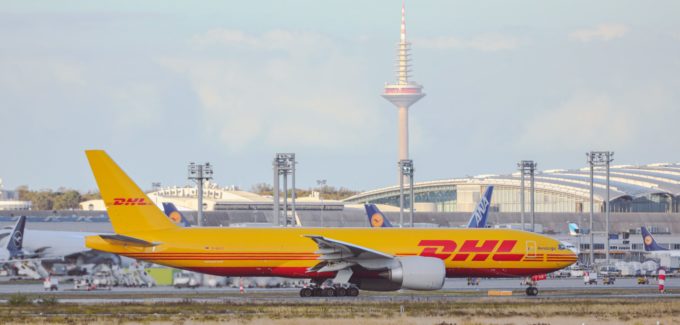With COVID-19 and the fallout from the US-China trade war, global supply chain managers have had much on their plates recently. Next up: coping with climate change and integrating Africa, says Mark Slade, head of DHL’s Hong Kong freight-forwarding operations.
What fundamental shifts in global supply chains have you seen as a result of the disruptions of the last two years?
The biggest changes are due to COVID and the US-China trade war.
The US-China trade war has led companies to move production to where it’s more advantageous from a tariff point of view. If you’re selling goods to the US, you’ve got a 20% tariff if they’re made in China, and a 0% tariff if they’re from Vietnam, so many companies now use two manufacturing locations –China for goods to sell in China and the rest of the world, Vietnam or somewhere else for goods sold to the US.
COVID similarly encouraged supplier base diversification, with more near-shoring and a greater regionalization of supply chains. Though moving from just-in-time supply chains to just-in-case ones may end up costing more, that’s necessary to build in the redundancy you need to avoid disruption.
What about further out – in five years will things have changed a lot?
E-commerce also will also continue to explode. Customer buying habits have permanently changed – mainly because of COVID, but also because some important problems have been solved. Returns are more or less no longer an issue. For shoes and clothes there are apps that can measure your foot and body size.
We’re also expecting a big take-up of multi-modal logistics solutions using different combinations of air, truck, sea and rail shipments in Asia. Better infrastructure is the reason for this. For example, the road infrastructure between China and South-east Asia is far better than it was 10 years ago.
The US-China trade war could also play a role. China is using its membership of RCEP (Regional Comprehensive Economic Partnership – a free-trade agreement between 15 Asia-Pacific nations established in 2020)to make a further pivot to Asia and develop the huge potential that exists in what is already the world’s biggest market.







